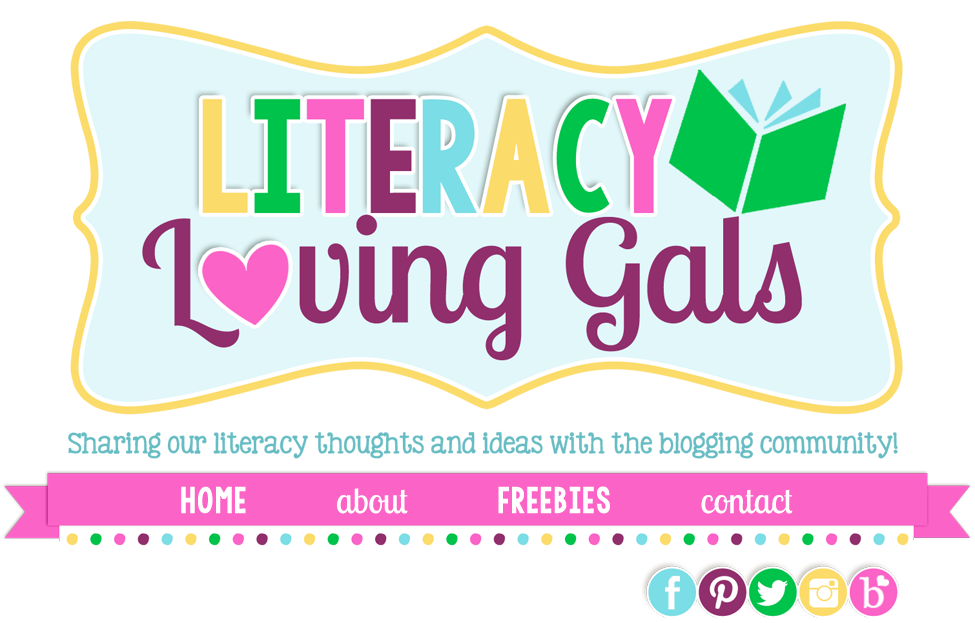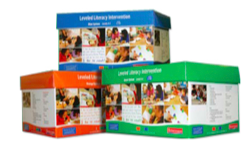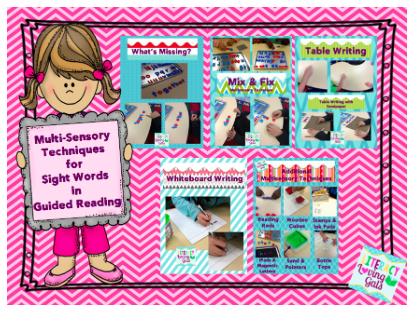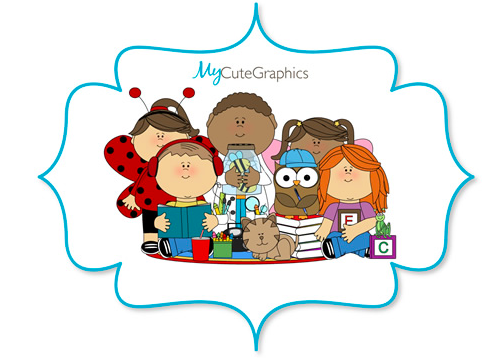Currently, I am part a Voxer group created by my colleague Leah O'Donnell from Responsive Literacy. She and I are co-leading the discussion on Connie Hamilton's and Starr Sackstein's book, Hacking Homework: 10 Strategies That Inspire Learning Outside the Classroom. Anyone who assigns students homework must read this book. It certainly provides other perspectives and valuable insight on homework and what truly matters when trying to extend students' learning outside of the classroom. If you're interested in joining the Voxer group, click HERE to request access from Leah. :)
Below are a few of my favorite quotes, tips and/or advice found on Twitter, within the Voxer group, as well as throughout the first half of Hacking Homework.
I'll be honest. When I was a classroom teacher just over 8 years ago, I was guilty of assigning homework just because it was part of the supplemental material packs in the basal and math programs at the time. The work sent home wasn't always meaningful and it certainly wasn't differentiated. That was the norm back then for many educators. The assigned homework was pretty much geared toward those students who were considered on grade level. A lot has changed over the years, especially in terms of differentiation, peer collaboration, flexible seating, technology use in the classroom, and now homework as well.
Nowadays, as a Reading Specialist, mother and educator who has grown a tremendous amount professionally over the past 21 years of my career, I can genuinely say I now know better. Since I know better, I do better. My journey in becoming a more impactful teacher will never cease because I have a passion and inner-drive to use research-based best practices. I'm hoping this post will guide you in reconsidering what is best practice for homework assignments.
Introduction: It's Time to Reimagine Homework
- If homework is assigned, it must be purposeful, transparent, and tied to learning experiences (p.17).
- Homework is one of the most misused tools in education (p.19).
- After being in school for seven hours, shouldn't a child have the opportunity to reflect in a manner that is meaningful to him or her, allowing new learning to sink in before adding more practice (p.19)?
- Traditional homework is an insidious practice that often ruins the learning process for children and puts a damper on playtime and learning as a positive experience (p.20).
Hack 1: Break Up With Daily Homework- Work Around the Policies
- We strive to shift the perspective on learning at home to be more exciting and relevant than what we experienced as students (p.20).
- We send mixed messages to families when we promote family time, extracurricular activities, and student jobs, then infringe upon that time with nightly required homework (p.24).
- Expecting children to continue their "work" after long school days, {which} doesn't support what we know about child development (p.25).
- Distinguish between "required homework" and recommendations to support learning (p.26).
- Being explicit about your intentions and rationale helps parents and students understand the reasons for deviating from the status quo (p.28).
- We can shift parents' perspectives by explaining the purpose and expectations of the new policy, arming them with clear strategies to support learning both when assignments are and are not provided (p.30).
- Investment is the most important thing parents can give their children. For a kid, spending time enjoying his or her family's company is more beneficial to the home environment than being stuck at the kitchen table completing required assignments (p.32).
Hack 2: Teach Organization and Responsibility in Class- Ramp Up Accountability and Time Management Skills
- Expanding the definition of nightly homework allows us to celebrate the learning that occurs in a diversity of formats (p.33).
- Of course we want students to be able to manage their time, meet deadlines, do quality work, and take ownership of their learning, but simply doling out assignments doesn't achieve these goals (p.37).
- In order to effectively tackle poor habits, we should provide direct instruction and models of best behavior, teaching students how to keep track of deadlines and class materials; how to manage time efficiently; and how to be accountable for their work (p.39).
- ...let's look for opportunities to introduce and strengthen organizational and accountability skills, expanding beyond the traditional approach of assigning homework (p.40).
- If you find yourself saying, "I shouldn't have to teach my students to _____; they should know how to do it by now," that's a good indicator that you do have to teach or re-teach expected behaviors (p.45).
Hack 3: Cultivate Rapport- Establish Positive Relationships to Motivate Learning
- ...organization is a precursor to the ability to hold oneself accountable and act responsibly (p.54).
- When learning is viewed as "work" and students are expected to do it to avoid negative consequences, the message about learning becomes twisted (p.56).
- Teachers who connect with students are more likely to get quality work from them. Authentic conversations about progress and growth occur when there is a trusting relationship (p.56).
- Stop praising students for their intelligence. Compliments like "You're a genius" suggest students either have the ability or they don't. These comments do not promote hard work or desire to become intentionally thoughtful about learning (p.58).
- Fair doesn't mean equal (p.61).
- There is a missed opportunity if we don't find some time to guarantee that all students have reflection time on their academic progress (p.61).
Hack 4: Customize to Meet Student Needs- Be Flexible With Assignments and Timelines
- It's not always an expensive speaker or new curriculum that helps students see the value in learning, including learning at home (p.69).
- Understanding the broader purpose and the transferable life skill helps students see how their work connects to short-term learning goals and long-term outcomes (p.72).
- Delaying out-of-class assignments that require application of a new skill- until there is a high level of certainty that students have sufficient foundation to execute the task- makes students' time more productive (p.73).
- When teachers are clear- not only about the task and how to complete it, but about why the task helps them learn, what they are expected to learn from it and how they will know they have learned it- students focus more on the learning intention and less on completing the task (p.77).
- Invite students to contribute to the conversation about customizing their learning and the pace in which they learn (p.79).
- Each day we should be assessing for learning, taking what has happened and adjusting accordingly the same way we expect students to do (p.80).
Have these quotes sparked any new thinking towards homework? I'll be back for another post to share additional favorites from Hacks 5-10. Check back at some point, if you found this post helpful in some way.
- Most students will consider traditional homework a waste of time when it isn't relevant, is redundant, or is beyond what students can do independently and appropriate scaffolding isn't available (p.84).
Are you on Twitter? If so, join the #D100chat on Hacking Homework coming up next week. It's a chance to change your views on homework. Co-authors Connie Hamilton and Starr Sackstein will be joining us, too! Make sure to also check out the hashtags #HackingHomework and #HackLearning on Twitter for little tidbits of useful tips that can alter the way you view happenings in Education.
Colleen
@Litlovegal1
































































































